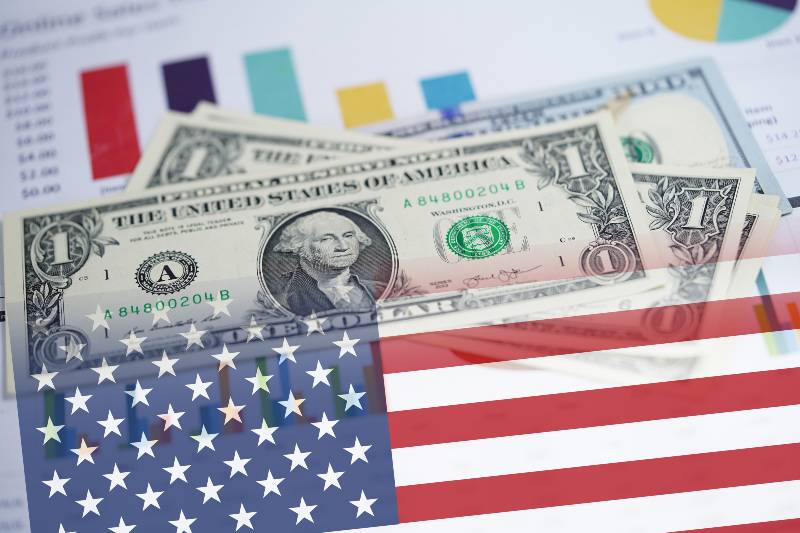Business
U.S. Economy Grows at Slower Pace Despite Uptick in Consumer Spending

On Wednesday, the U.S. economy's growth in the second quarter was downgraded because weaker business expenditure outweighed higher consumer spending.
According to the government, the three months from April to June saw a 2.1 percent annual growth in the gross domestic product. According to the initial estimate, the GDP grew by 2.4 percent during the quarter.
Even with the downward revision, the economy is still expanding more quickly than many analysts believe it can in the long run. According to Federal Reserve officials, for inflation to drop near the central bank's two percent target, the economy must expand at a rate slower than its potential, which they peg at 1.8 percent annually.
The government's primary indicator of American economic activity, the GDP, increased by 2% in the first quarter of 2018. Although many economists predicted an actual recession would start in 2023, the economy seems to have accelerated as the year went on.
Several analysts predict that the third quarter will see the GDP increase by 2.5%. The data that has been made public so far is consistent with a growth rate of 5.9 percent, according to GDPNOW from the Federal Reserve Bank of Atlanta. That number shows growth is still happening quickly in the current quarter, even if it is anticipated to decline as we obtain more information about activities in the third quarter.
But, polls conducted by regional Federal Reserve banks and commercial data firms seem to point to a noticeable slowdown in August. In August, manufacturing output decreased and the expansion of the services sector's output slowed, according to a poll of company executives conducted by S&P Global last week.
The lower revision was mostly due to inventories and softer corporate investment. Pretax profits decreased at an annual pace of 0.4 percent and are down 6.5 percent from the same period last year.
Consumer spending growth was increased from the initial forecast of 1.6 percent to 1.7 percent annually.
Inflation was measured by the personal consumption expenditure price index, which climbed by 2.5 percent in the quarter after being revised downward by 0.1 percentage point. The PCE price index grew 3.7 percent, a downward revision of 0.1 percentage point, when food and energy prices were excluded.
Up Next:



